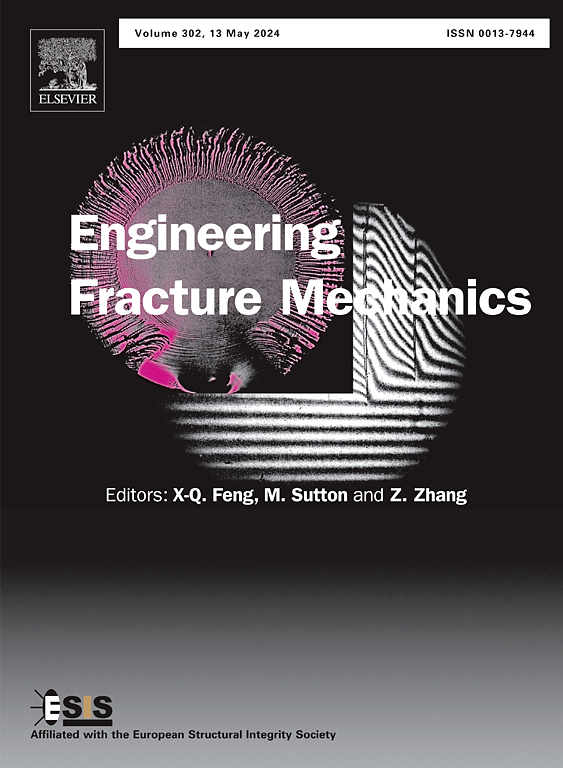Experimental investigation of rock mechanics behavior under multistage pulsating load based on digital image correlation and acoustic emission technology
IF 4.7
2区 工程技术
Q1 MECHANICS
引用次数: 0
Abstract
Pulsating loading effectively reduces rock strength and improves rock-breaking efficiency. To reveal the influence mechanism of pulsating parameters on rock mechanical properties, this study conducted a series of pulsating loading tests on sandstone specimens with varying frequencies and stress amplitudes. Results show that low frequency and medium stress amplitude are most favorable for strength and deformation resistance reduction. Pulsating load weakens rock strength primarily by reducing inter-particle cohesion and friction. Lower frequencies correlate with higher acoustic emission (AE) counts and greater rock damage. Under medium stress amplitude, AE b-value fluctuations last longest, with earliest failure precursors. As pulsating frequency and stress amplitude increase, damage transitions from overall to localized, and from gradual to instantaneous. Dissipated energy reflecting crack propagation resistance decreases with lower frequencies, while elastic energy driving crack extension increases with higher amplitudes. When pulsating frequency and stress amplitude are elevated, one-dimensional damage indices fail to accurately reflect local damage concentration in the rock. However, two-dimensional and three-dimensional damage indexes from digital image correlation and AE cumulative counting effectively characterize rock damage progression. This study elucidates the mechanisms by which pulsating loads influence the mechanical behavior of rocks, providing insights for the optimization of rock-breaking techniques in various applications.
求助全文
约1分钟内获得全文
求助全文
来源期刊
CiteScore
8.70
自引率
13.00%
发文量
606
审稿时长
74 days
期刊介绍:
EFM covers a broad range of topics in fracture mechanics to be of interest and use to both researchers and practitioners. Contributions are welcome which address the fracture behavior of conventional engineering material systems as well as newly emerging material systems. Contributions on developments in the areas of mechanics and materials science strongly related to fracture mechanics are also welcome. Papers on fatigue are welcome if they treat the fatigue process using the methods of fracture mechanics.

 求助内容:
求助内容: 应助结果提醒方式:
应助结果提醒方式:


